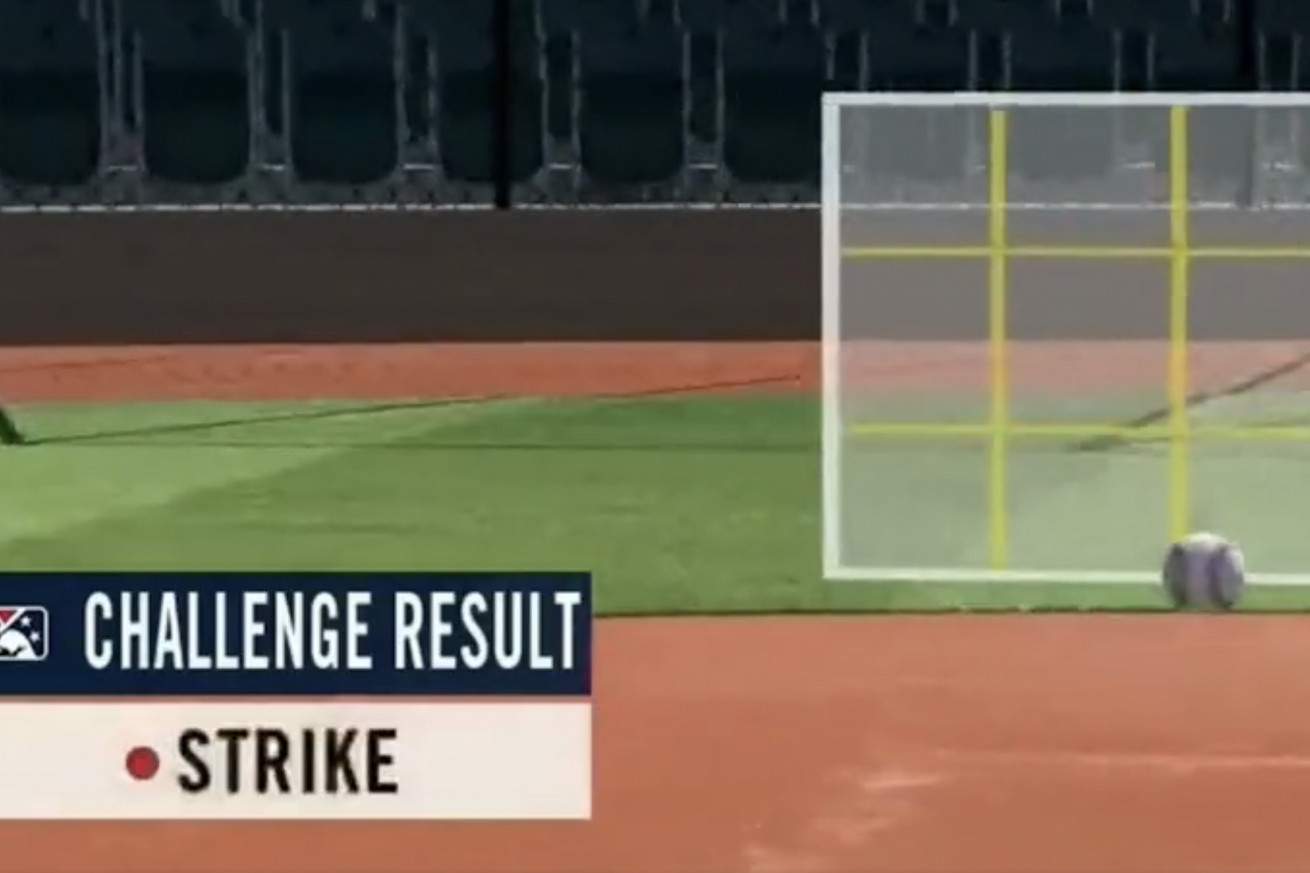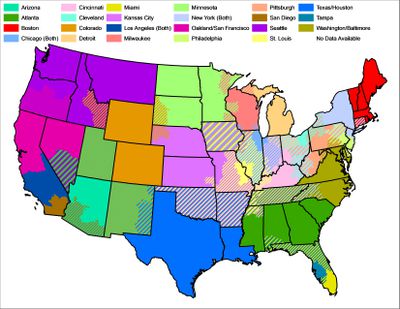
Here’s what I’d do if I were Commissioner, with the power to make changes to the game.
Five years ago, I wrote an article on this very topic, listing five things I thought baseball should change.
Well, guess what? I didn’t do too badly. Two of the things I mentioned (universal DH, pitch clock) have been instituted and are working well. A third (the Rays and A’s moving) is… well, kind of happening. A fourth (automated strike zone) appears to be on its way in a little while, perhaps with a ball-and-strike challenge system happening first (and that’s going to be one of the five here).
Thus I also present the fifth item from that list, along with four other things I’d change about baseball going forward, if I had the power to do them.
TV blackouts would be eliminated
I can report to you, at least, that we are making progress in this area, though we are still not close to “I can watch any game I want, anywhere I am, as long as I’m willing to pay for it.”
Many of the regional sports networks that existed five years ago have gone under. Major League Baseball is now producing games for several teams and that, I believe, is Rob Manfred’s ultimate goal: Nationalizing all local TV rights and sending out the product on some sort of nationalized streaming app where you could watch any game, anywhere, for a fee.
Obviously some teams who are currently making good money from local TV rights — Dodgers and Yankees primarily, though you might include the Mets and even the Cubs in this group — aren’t going to give up their local rights easily, though. I could write another one of these five years from now and we might still be under the rule of this map:

Think about moving the mound back a couple of feet
The pitching mound has been at 60 feet, six inches since 1893. That’s more than 130 years, and it has seemed to work fairly well … up until now, when 100 mile per hour pitchers have been proliferating. It has led to more three-true-outcome baseball (home run, strikeout or walk) and despite MLB’s attempt to fix this by restricting defensive shifts, there are still too many K’s (41,197 in 2024, compared to 37,441 in 2014 and 31,828 10 years before that).
Moving the mound back would give hitters an extra second or two to size up pitches and perhaps take the bite off a few fastballs, in addition to changing the way pitches break. This was actually tested in the Atlantic League in 2021, and here’s an article explaining what might happen with such a change. Nothing ever came of this, but I’d like to see them look into it again.
Have a salary cap with a salary floor
I discussed this a bit in this article here on Monday, and I certainly don’t have specific numbers to back up my proposal, but I believe a cap would help level the playing field among the 30 MLB teams. You’d have to have a floor at somewhere around 80-90 percent of the cap. To allow for some of the top players to have contracts commensurate with their value, perhaps an NBA-style cap could be instituted, something that would have exceptions up to a point and maybe “Super Max” contracts for the best of the best.
I can tell you this. MLB owners are going to ask for a cap in the next CBA negotiation. Players, as they have done for more than 50 years, will reject it and that’s going to lead to another lockout. There is room here, I think, for a system that would be good for all players. I hope they find it.
Institute the automated strike zone
We’re getting closer to having an automated system that would actually work and be fair to pitchers and hitters. It still likely needs some tweaks, and quite possibly wouldn’t be instituted until the next CBA.
In the meantime, we absolutely, positively should have the challenge system currently in use in the minor leagues brought to MLB. As I noted in this article here last October, the challenge system, which was used in some Arizona Fall League games, will be tested in 2025 Spring Training, though it still isn’t clear which parks will do the testing.
We have replay review for most plays in the field — and that, too, should be expanded — so why not get the ball-and-strike calls right, too? Get it done.
Eliminate the placed runner in extra innings
Call it what you will: “ghost runner,” “Manfred Man,” whatever — this is a scourge on baseball, in my view. Yes, I understand the arguments for it and on occasion, it does produce interesting results.
Just to give you the numbers, which I have cited here previously: Before 2020, when the Manfred Man was introduced, extra-inning games totalled about nine percent of all games, and games of 13 innings or longer were about 1.5 percent of all games. The latter number is vanishingly small — the equivalent of about two games per team, per year.
So I’d be willing to compromise here: Play regular baseball through the 12th inning, then if the game’s still tied, go to the Manfred Man. That, in a way, is like the NHL’s tie-game policy: Play actual hockey (well, three-on-three) for five minutes, then if it’s still tied, go to a shootout.
If my proposal were adopted, approximately 98.5 percent of all games would be played without the Manfred Man, instead of the about 91 percent you get now. In addition, if there are concerns about using up too many pitchers, make a rule that any team that plays a 13-inning (or longer) game gets an extra reliever for the next game without having to make a roster move.
Those are five things I’d do. What would you do if you were Commissioner with unlimited power?
